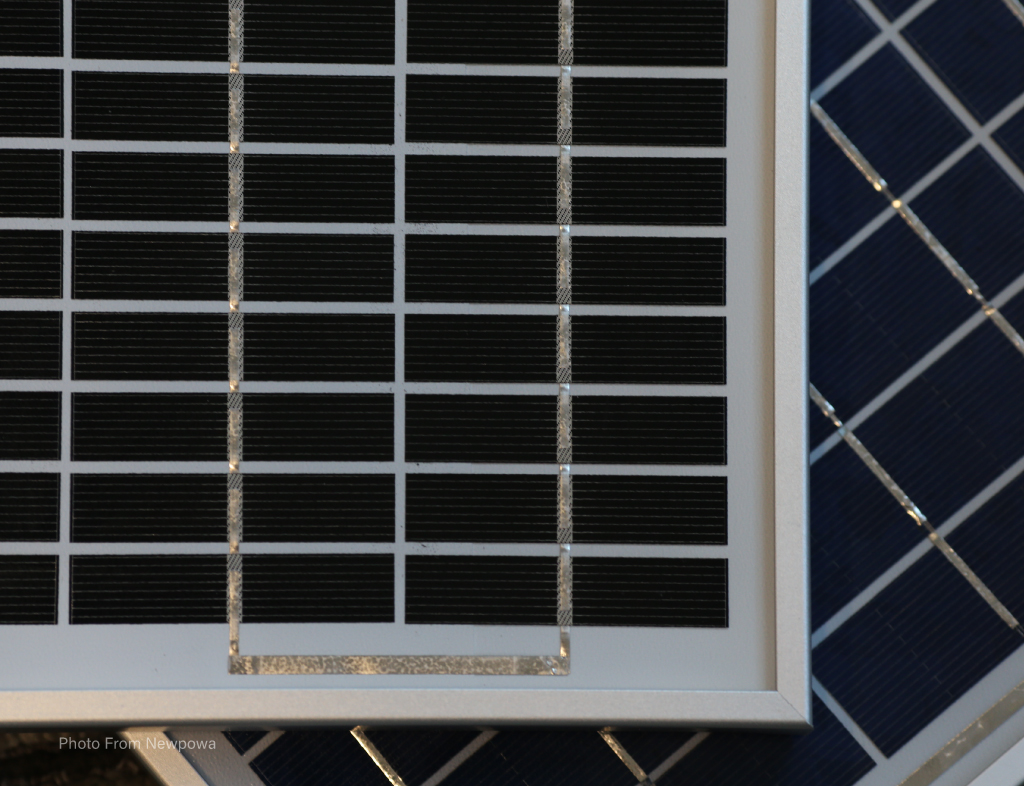CAN YOU MIX PANEL SIZES IN OFF-GRID SOLAR SYSTEMS?
16th Oct 2024
For those diving into off-grid solar solutions, whether for RVs, van conversions, marine applications, or small cabins, a common question arises: Can you mix solar panels of different physical sizes? The answer is yes, but there are important considerations when doing so. Here’s what you need to know about mixing panel sizes based on their dimensions.

Why Mix Panel Sizes?
In off-grid setups, especially in space-constrained environments like RVs, vans, boats, and small cabins, the available area for solar panels is often irregular. Mixing different-sized panels can be a smart solution to maximize the use of every inch of space. Here’s why you might consider it:
-Maximizing Limited Space: Smaller panels can fit into tight spots where larger panels wouldn’t. This is particularly useful on curved or irregular surfaces like the roof of an RV or the deck of a boat.
-Customizing to Unique Shapes: Vehicles, boats, and cabins often have non-standard roof shapes and sizes. Mixing panel dimensions allows you to create a more customized solar array that fits your unique setup.
Installation Considerations
While mixing panel sizes can be beneficial, it does require careful planning, especially in off-grid scenarios where efficiency and reliability are crucial.
-Mounting Compatibility: Ensure that your mounting system can accommodate the different sizes. Off-grid setups like RVs and boats often require specialized mounts that can handle the unique contours and limited space of these applications. Custom or adjustable mounts might be necessary to secure panels of different dimensions.
-Weight Distribution: In vehicles and boats, weight distribution is a key concern. Larger panels might be heavier and could affect the balance of your setup. Carefully plan where each panel will go to maintain stability, especially in mobile or marine environments.
-Layout Efficiency: The layout of your solar array is critical. For instance, on an RV or boat, you might have obstacles like air vents, antennas, or masts. Smaller panels can be placed around these obstructions, ensuring that your system captures the maximum amount of sunlight without significant shading issues.
Electrical Considerations
Though this discussion focuses on dimensions, it’s important to briefly touch on the electrical side. When mixing panels, ensure that their electrical characteristics, such as voltage and current, are compatible with your charge controller and battery system to avoid inefficiencies.

In off-grid solar applications like RVs, vans, marine environments, and small cabins, mixing solar panel sizes can be an effective way to maximize space and optimize your energy production. With careful planning around mounting, weight distribution, and layout, you can create a customized solar system that meets your off-grid power needs efficiently.
